Last month, Koenigsegg unveiled two new cars at the cancelled Geneva Motor Show, with founder Christian von Koenigsegg presenting the Gemera and Jesko Absolut on-stand via a live stream within the Palexpo.
The company has since brought its two creations back to its headquarters in Ängelholm, Sweden, and to further highlight the evocative designs of both vehicles, is gracing the world with a fresh batch of photos.
We start with the Gemera, which is the company’s first four-seater that packs a rather interesting hybrid powertrain. At the heart of the system is a 2.0 litre turbocharged three-cylinder petrol engine with Freevalve camless technology that develops 600 PS (590 hp) and 600 Nm of torque.
The engine, referred to as the Tiny Friendly Giant (TFG), is mounted midship and drive the front wheels via a Koenigsegg Direct Drive (KDD) transmission and a propshaft. Additional power comes in the form of a 400 PS (395 hp)/500 Nm electric motor that works in tandem with the single-gear KDD and the company’s HydraCoup (hydraulic coupling) technology.
As for the rear, a pair of electric motors each provide 500 PS (493 hp) and 1,000 Nm, and with everything put together, the end result is a “family car” with total output of 1,700 PS (1,677 hp or 1.27 MW) and 3,500 Nm of torque.
With these figures, the zero to 100 km/h sprint is achieved in just 1.9 seconds, and Koenigsegg says getting from a rest to 400 km/h is at a “record matching pace.” Relying solely on the 800-volt, 16.6-kWh battery mounted under the front seats, the Gemera provides 50 km of EV range, or up to 950 km when using just the TFG.
The second vehicle, the Jesko Absolut, is dubbed as the fastest Koenigsegg ever made and the company says it “will never endeavor to make a faster series-production road car, ever.” The car is based on the Jesko that made its debut last year, but with several revisions to make it reduce drag and make it as slippery as possible, while increasing high-speed stability.
These changes include an extended rear bonnet (+85 mm), covered rear wheels, smoother front wheel louvres as well as a lowered ride height. Compared to a regular Jesko items like the front bonnet air ducts, front splitter, side winglets and massive rear wing are absent on the Absolut, the last of which has been replaced with two fins instead.
On paper, the car has a frontal area of just 1.88 square metres and an overall drag coefficient of 0.278. On the move, the Absolut generates 40 kg of downforce at 250 km/h and a maximum possible 150 kg at higher speeds. By comparison, the standard Jesko creates 800 kg of downforce at 250 km/h, 1,000 kg at 275 km/h, and a maximum of 1,400 kg.
Under the bonnet, the Absolut retains the same 5.0 litre twin-turbo V8 as the Jesko with 1,625 PS (1,600 hp) and 1,500 Nm of torque when running on E85 ethanol fuel. The mill is paired with Koenigsegg’s nine-speed Light Speed Transmission, which uses seven clutches for changes between any gear to happen almost instantly.
The company has yet to put the Absolut through its paces, although the company’s CEO says the Absolut is capable of reaching “way, way over 500 km/h” based on calculations and simulations.
GALLERY: Koenigsegg Gemera
GALLERY: Koenigsegg Jesko Absolut
Looking to sell your car? Sell it with Carro.

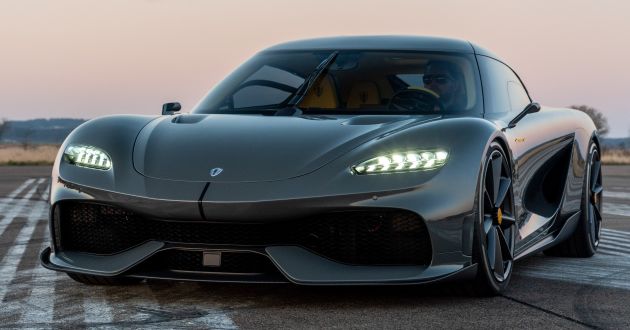








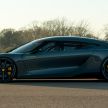

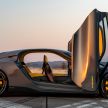





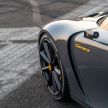

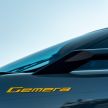
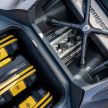








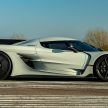







Crazy! But absolutely love it!
Dayummmm that 2.0 4 potter is now the most powerful production series engine by the looks of it.
It’s a 3 pot